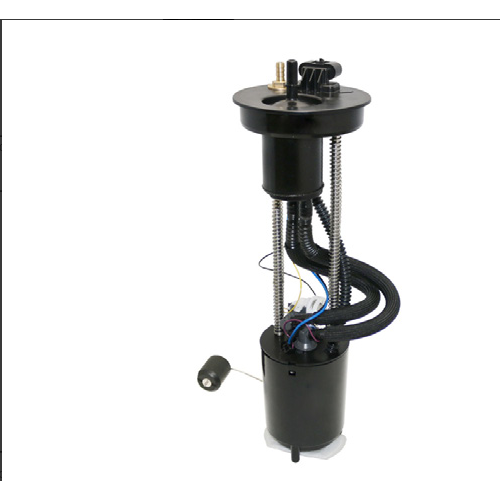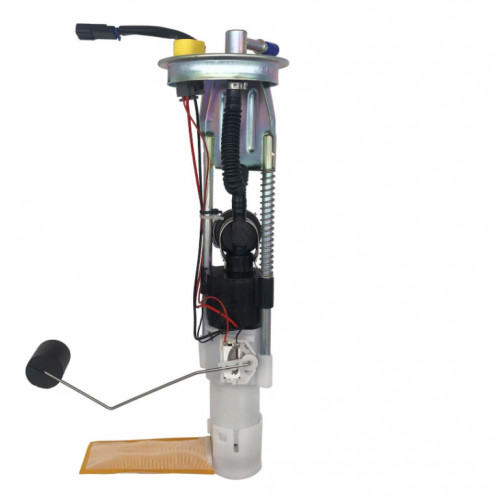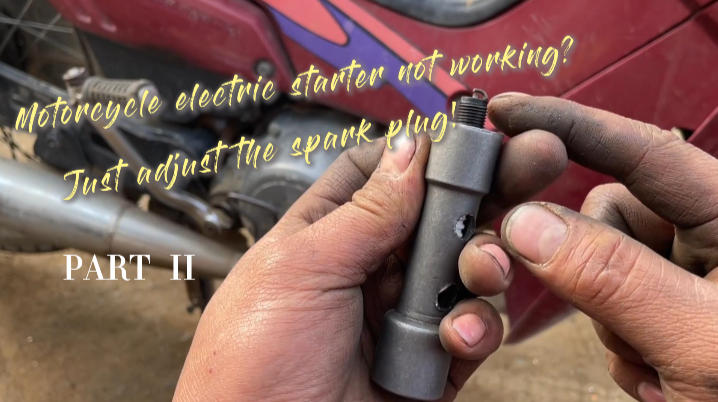Why are insulation materials in motors becoming more and more important?
-
26
-
2025-07-21 11:19:55
Motors are a key part of power conversion, and their performance and reliability are closely related to insulation materials. Insulation materials are mainly used to separate conductors with different potentials in the motor, allowing current to flow along a predetermined route, while also providing mechanical support, heat dissipation and protection.
In the past, insulation materials were often overlooked, but as motors move towards higher power, higher speeds and more harsh environments, their importance has become increasingly apparent. In recent years, industry standards have also been continuously improved. For example, the IEC 60034-18 series of standards has made 0 materials the key to affecting motor performance, life and safety.
l Motor development trends
Modern motors are moving towards higher power density, higher efficiency and higher voltage. For example, in the field of new energy vehicles, the system voltage of the drive motor has increased from the traditional 400V to 800V or even higher, and the motor efficiency of some models has exceeded 98%. In order to pursue the ultimate performance, many manufacturers have begun to develop high-speed motors. Today, the maximum speed of passenger car drive motors has exceeded 30,000rpm, and it is expected to reach 35,000rpm in a few years. Although high speed and high voltage improve overall performance, they also bring additional technical challenges, such as insulation aging and more complex electromagnetic compatibility issues.
Motor cooling technology is also constantly innovating, with applications ranging from water cooling to oil cooling, in order to solve the heat dissipation problem caused by high power density. In terms of design, flat wire hairpin winding motors are widely used because of their high slot fill rate, high efficiency and easy automation. Therefore, almost all high-voltage platforms above 800V use flat wire motors. These changes have increased the requirements for insulation materials and become a driving force for the advancement of insulation technology.
l Evolution of the role of insulation materials
In the past, the insulation materials of low-voltage motors were mainly used to prevent short circuits and resist heat. If breakdown did not occur, the motor would work normally. Today, insulation failure has become a common fault in variable frequency drive motors, and about 60-70% of stator failures are caused by insulation damage. Especially in high-power and high-speed motors, the life of the insulation often determines the overall service life of the motor, while high temperature and pulse stress will accelerate the aging of the insulation. At the same time, the demand for high performance requires the insulation material to be as thin as possible, which also increases the difficulty of design.
l New technologies challenge insulation requirements
New trends and challenges in motor technology place higher demands on insulation materials:
- High voltage and high frequency: Variable frequency drive and high voltage expose insulating materials to stronger electrical stress, making partial discharge more likely to occur, which requires higher partial discharge inception voltage and corona resistance.
- High temperature and heat dissipation: High power density increases the heat generation of most motors, and the heat resistance level of insulating materials needs to be improved (from 180°C to 220°C or higher), and the thermal conductivity needs to be improved to reduce overheating.
- Environment and cooling: New cooling methods (such as oil cooling) require insulating materials to be oil-resistant and chemical-resistant, and the requirements brought by various environments also increase the complexity of the design.
- Machinery and process: Automated production requires materials to have sufficient mechanical strength and stability, and fast-rotating motors require the insulation structure to also have fatigue resistance.
l Main types of insulation materials
The insulation system of a motor is usually composed of a variety of materials, including primary insulation and secondary insulation. Primary insulation includes cables, slot insulation and other small parts. Secondary insulation provides additional mechanical support and protection.
The main insulating materials used in motors at present are:
- Enameled wire insulation varnish: a newly developed corona-resistant product with nanomaterials added to increase the ability to resist partial discharge.
- Insulating paper and flexible composite materials: these materials can reach a heat resistance level higher than H level and are moving towards thinner and stronger directions to improve stability under vibration.
- Impregnating resins and potting materials: from traditional solvent-based to solvent-free, low-volatile formulas to reduce environmental impact. At the same time, high thermal conductivity impregnation varnishes and potting glues that meet the needs of high heat load motors have begun to be used.
l Typical application scenarios
Different application scenarios have different requirements for motor insulation materials. The following are examples of new energy vehicles, high-speed motors, and aerospace motors to illustrate the specific manifestations of the increased importance of insulation materials.
- New energy vehicle drive motors: The high voltage and fast switching of electric vehicles pose great challenges to insulation materials, and higher standard designs are needed to ensure performance and safety.
- High-speed motors: The higher the speed, the greater the loss. In order to ensure long-term stability of insulation, high-temperature resistant materials and mechanical reinforcement measures are required.
- Aerospace motors: Working in high-altitude and low-pressure environments, the insulation requirements are higher, so these motors must use higher-level designs to cope with drastic temperature changes and vibration shocks to ensure safety.
-
Oil Pump JR-B18-1 16700-K20-903 For Z00MER

-
Oil Pump JR-B18 16700-KVG-41 For AIR BLADE

-
Oil Pump JR-B113 16700-HR3-A21 For Fou rTrax Rancher

-
Oil Pump JR-B112-1 275500734 For GT1 130/155 2011-2012

-
Oil Pump JR-B112 47-1027 For MAVERICKX

-
Oil Pump JR-B110 47-1050 For OUTLANDER

-
Oil Pump JR-B109 709000758 For OUTLANDER

-
Oil Pump JR-B108-1 2204308 For SPORTSMAN

-
Oil Pump JR-B108 47-1014 For SPORTSMAN

-
Oil Pump JR-B98-1 47-1012 For RANGER






